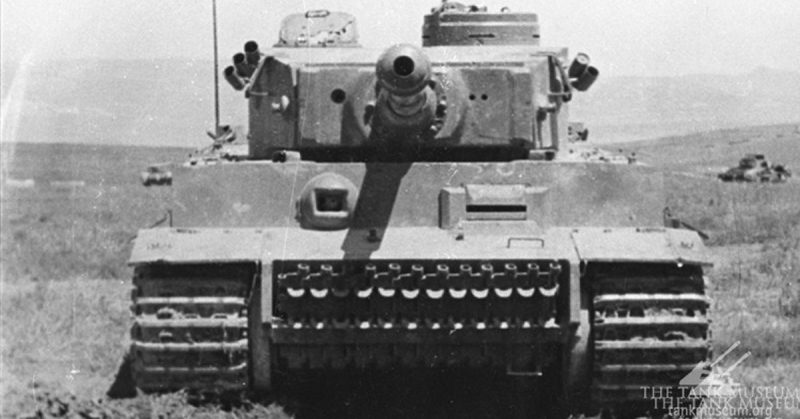What Shot Tiger 131
Evidence suggests that there were four key strikes to Tiger 131 before it was captured, although the order they landed can never be known.
Images from the time show that the loaders hatch had been smashed and that a round had punched in the armour plate above the driver’s compartment.
Both of these were repaired with spare parts Lidderdale had salvaged from the battlefield.
But two other scars remain. One to the left turret lifting lug as a round bounced off and the other – perhaps the most significant – is the famous round that scraped the bottom of the barrel before wedging itself in the turret turning mechanism.
Whilst the other strikes may have wounded and spooked the crew, it has always been felt that the round that jammed the turret was the final straw as it rendered the tank unable to fight.
It is also likely to have been the same shot that stove in the armour above the drivers compartment.
If The Tank Museum could determine the calibre of this shot from the surviving scars, it would help determine how Tiger 131 was knocked out.
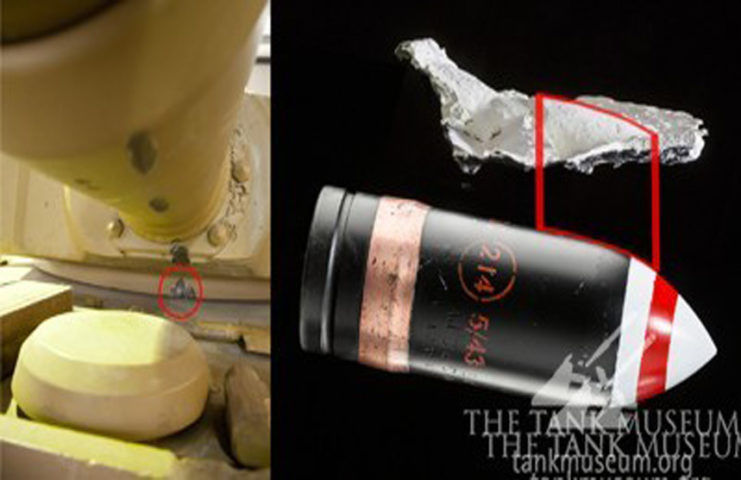
John Oscroft’s account recalled his comrades turning a French field gun abandoned by the Germans on the Tiger. The Daily Sketch reported that it was knocked out by ‘our gunners’ using a captured ‘German anti-tank gun’. We also know that Churchill tanks from 48 RTR engaged Tiger tanks.
The Germans used captured French guns in Europe and North Africa. The French had converted their old 75’s for use as anti-tank guns before the Second World War began.
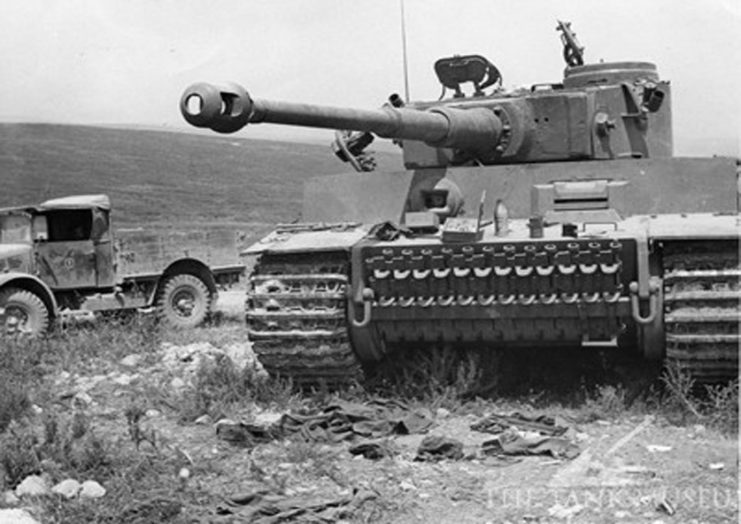
The Germans would have also used their own anti-tank guns. Tantalisingly, Tiger 131 was photographed next to a captured Pak 38 after its capture.
But each of these guns fire shells of a different size, and by applying a quick drying paste to the strike marks on the bottom of the Tiger barrel and mantlet, The Tank Museum has been able to make a mould to determine the calibre of round that struck it.
The results leave little doubt in the mind of The Tank Museum that Tiger 131 was hit by a 6 pounder round as fired by a Churchill tank.
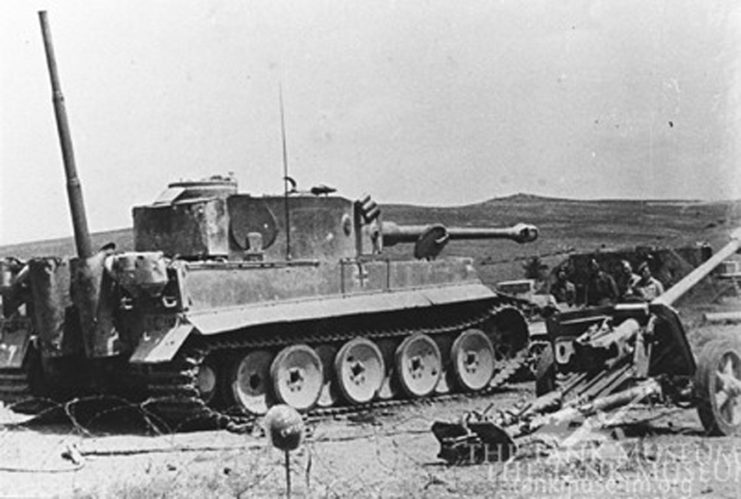
What Happened At Point 174?
We now believe that Tiger 131 was abandoned during fighting on Point 174 on 24 April 1943, when German tanks counter attacked the 2nd Sherwood Foresters.
The Action at Point 174
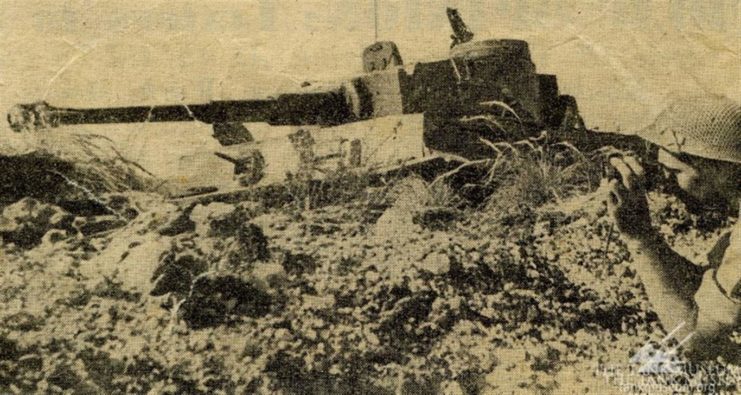
The tank support arrived late and, as they were operating in a supporting role, had taken up positions on a slightly lower ridge. It is possible the infantry never fully realised they were present.
When the German tanks counter attacked, there would have been considerable effort by the infantry to defend themselves – whether using their own weapons or improvising with the material left behind by the Germans.
As a result, the approaching armour would have been met by a hail of shot from the infantry and the supporting tanks. It would have been noisy and confusing.
But the only trained anti-tank gunners in position were with the Churchill tanks – among them, those of 48 Royal Tank Regiment.
Tiger 131 was hit several times, the critical shot apparently coming from a 6pdr, as fired by a Churchill tank.
The crew, particularly the driver and the loader, may have been wounded.
With the turret jammed and the driver probably concussed, the crew decided to abandon the tank but were possibly killed as they made off leaving it largely intact.
It is important to state that whilst we can now be more certain of the location and the date of Tiger 131’s disablement, and even some of the events surrounding it, the description presented above is one interpretation of the evidence.
Work is continuing to attempt to pin events down here with more certainty. Whilst this may never be possible, it may also lead to further amendments to our understanding of the events at Point 174 – and Tiger 131’s part in the action.
Even so, we can be state with certainty that despite constant bombardment from the Germans, The Foresters’ held on to Point 174 and remained on the ridge under fire for several days.
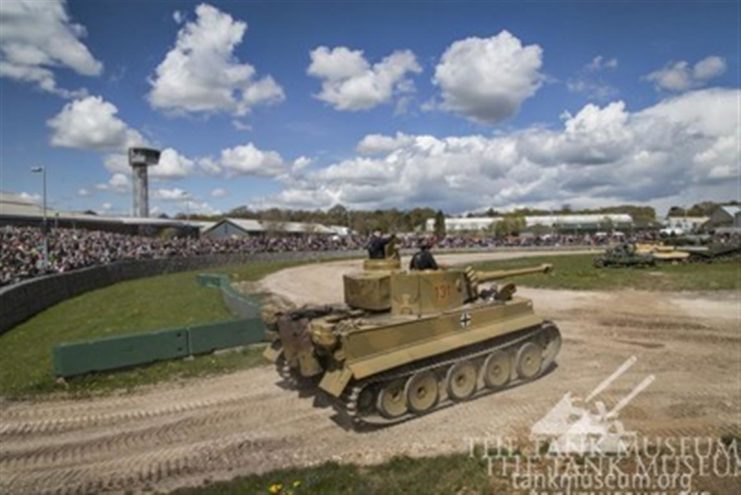
In doing so they sustained heavy losses but they, with John Oscroft among them, would fight on through Italy ending their war in Palestine having suffered over 200% casualties.
The Foresters’ dogged defence of Point 174 allowed Tiger 131 to be recovered in relative safety by Major Lidderdale in early May 1943. From then on, the history of the tank is well documented.
But we can now add another chapter to that history, and in doing so give 2nd Sherwood Foresters the credit they are due for holding the ground on which this important prize sat.
Afterword
Peter Gudgin, who died in 2011, was sadly incorrect in his belief that he faced and was knocked out of his tank by Tiger 131 at Djebbel Djaffa.
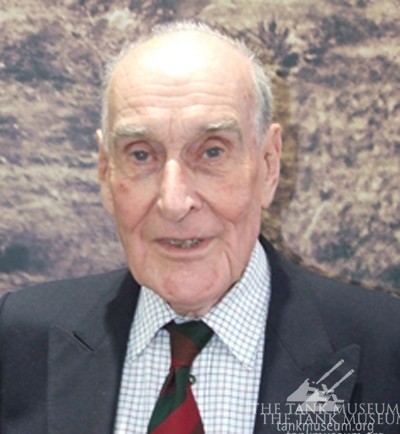
It is important to remember that he never claimed he was in anyway responsible for knocking Tiger 131 out – just that he was there. In the confusion around the events of late April 1943 – tense and testing times for every member of the British Army – he seems somehow to have confused the aftermath of the two actions he was involved in.
He would not have been aided by the fact that his own regimental war diary indicates that Tiger tanks were damaged and abandoned at both Djebbel Djaffa on the 19th April and at Point 174 on 24th April.
Shortly after the action at Point 174 he was invalided home to a post at the School of Tank Technology – where his work on Tiger 131 would play an important role in the future development of the tank.
But the Tiger abandoned at Djebbel Djaffa is itself perhaps worthy of further research. Why was this Tiger not considered to be the ‘first to Tiger to be captured’… and what happened to it?
We would like to specifically thank Dale Oscroft for his work on Tiger 131. We hope his determined research, based on his father’s recollections, encourages and inspires others to question orthodoxy and do their own research to improve the way we understand our history and our artifacts.
A message from The Tank Museum:
“Please Support Us: As a charity, we rely on public support for all our activities. Our work is funded entirely by people like you. With your support, we can continue to create content. With the right support we might be able to do it more regularly – and can be even more ambitious. Please Click on the Banner Below.”
Thanks to the Tank Museum for this Blog, which originally appeared here and here.
